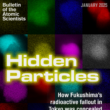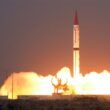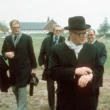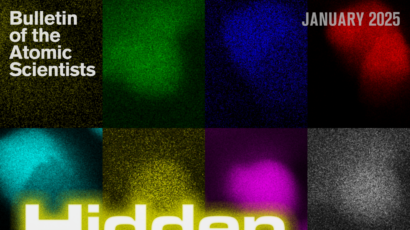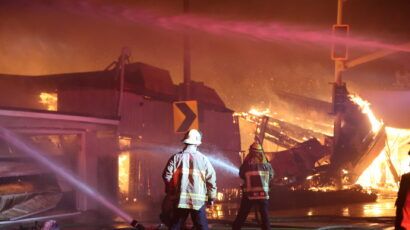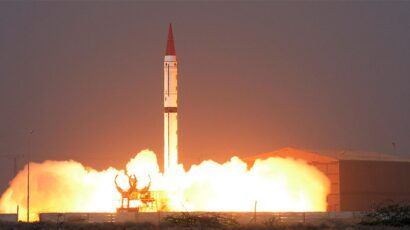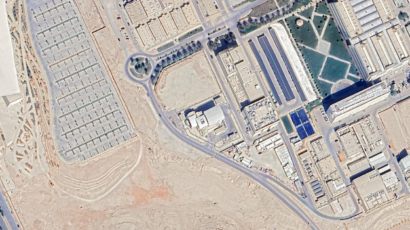Difficult, but worth it
By Pablo Cristini, March 25, 2013
In his second Roundtable essay, Alexandr Vurim characterized me as representing a "conventional perspective" toward converting research reactors to low-enriched uranium (LEU) from highly enriched uranium (HEU). From this conventional perspective, he wrote, conversion is seen as "universally practicable." He went on to argue that certain research reactors, if converted to low-enriched uranium, could be difficult if not impossible to operate with the same efficiency that had existed before conversion. And he suggested that conversion should perhaps not be attempted in such cases.
I maintain now, as I have before, that many activities carried out at research reactors, including but not limited to radioisotope production, can be conducted perfectly well after conversion to LEU. But in point of fact, I agree with Vurim that it is irrational to halt useful nuclear applications if, for technical reasons, they cannot be performed with acceptable efficiency after conversion to LEU. In some instances, conversion to low-enriched uranium is simply not a reasonable course of action. In these cases, nuclear activities should not be interfered with.
Charles Piani, in his smart and funny final essay, employed an extended metaphor in which he portrayed conversion to LEU as an elephant that can only be eaten piece by piece, though some parts of this beast might prove to be inedible. This gets at the truth of the matter, but I would go further, and suggest that the animal to be eaten is not just an elephant but an especially large one — and that certain cuts of its meat might cause acute indigestion. Still, the meal is being served, so diners should do their best to clean their plates. At least they can look forward to an enjoyable dessert — the satisfaction of ridding the world, to the greatest extent possible, of civilian HEU.
Work goes on. As this Roundtable has emphasized, deciding where and how to convert to LEU can be a very difficult project. The difficulties are eased, however, through international cooperation, whether it is in the form of expert meetings or through minimization programs like Global Threat Reduction Initiative and the Reduced Enrichment for Research and Test Reactors program. These powerful resources have proved quite adequate for overcoming a host of technical and financial hurdles to conversion. Over time, I believe, interactions like these will produce a consensus about which nuclear facilities should convert to low-enriched uranium and which must be allowed to continue using HEU. Wherever the use of highly enriched uranium continues, however, security measure to prevent theft or diversion must be maintained at the highest achievable levels.
Meanwhile, the debate over conversion continues. No perfect approach to conversion will be found, if perfection is defined as eliminating all proliferation risks while also overcoming all technical and financial obstacles to conversion. But building awareness of conversion's benefits remains an important project, one that should continue through international initiatives and conferences and, for that matter, fora like this Roundtable.
Conversion will take work. It will require funding and time. In the end, some facilities that use highly enriched uranium will probably continue doing so. But my conviction is that the international effort toward conversion to low-enriched uranium is worth the effort.
Topics: Nuclear Energy, Nuclear Weapons
Share: [addthis tool="addthis_inline_share_toolbox"]

